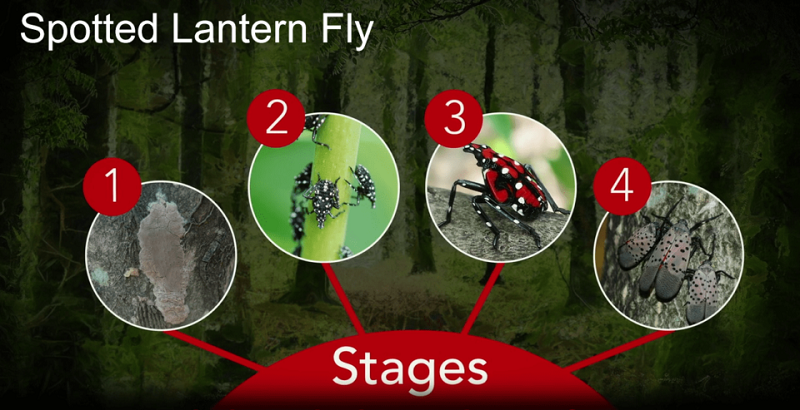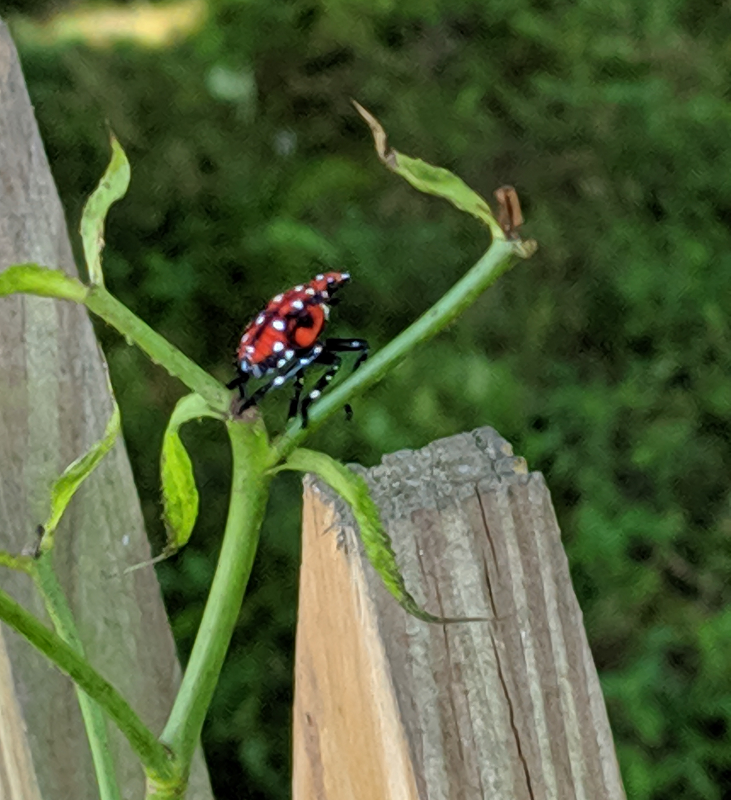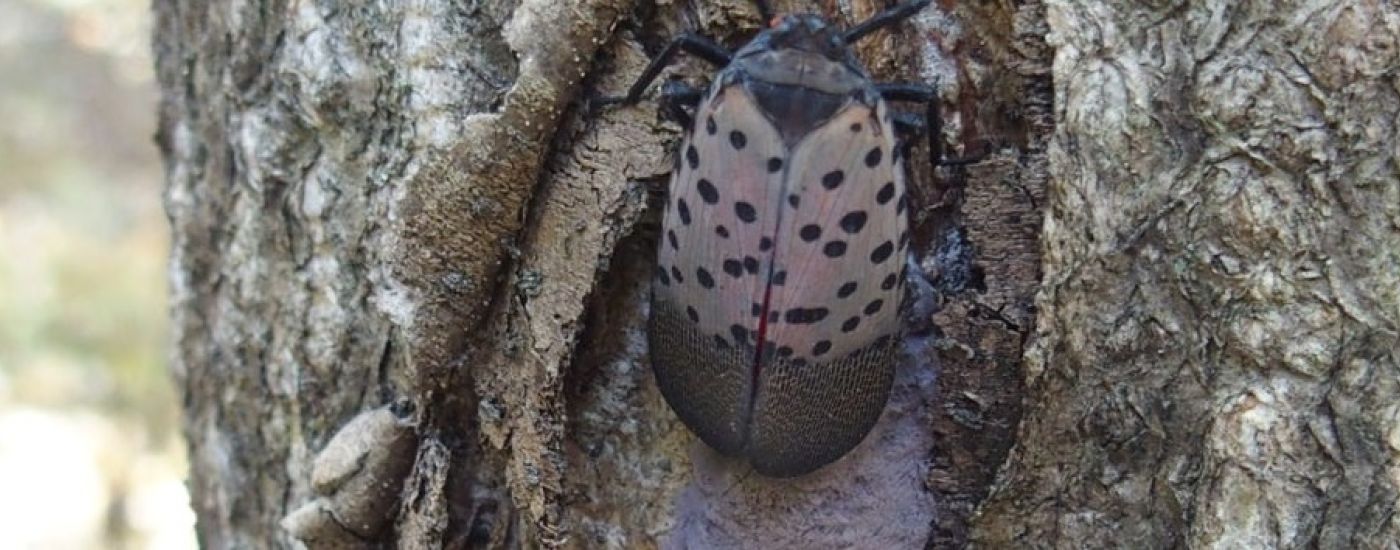What You Need to Know About the Spotted Lanternfly Quarantine in Delaware
The spotted lanternfly has become quite a large problem in Delaware and other states across the country. Late spring’s rising temperatures signal the time when nymphs hatch, so we want to make awareness a priority. These insects easily spread to new areas and leave a huge path of destruction in their wake. Beginning in March, the government of Delaware enacted an emergency spotted lanternfly quarantine to help control the damage caused by the insect spreading. If you see evidence of spotted lanternflies on or around your property, contact a professional right away.
What is the Spotted Lanternfly?

The first thing that you can do to protect your property is to know what you are looking for. The spotted lanternfly has four unique stages of growth and these insects look different during each stage. In the first stage, they look like little larvae with black spots, slowly gaining a red color as they age. If their wings are spread, adult lanternflies are fairly easy to recognize by their black colored heads and red, black, and white colored wings. If the insect is resting though, the wings make them harder to see with their brown-gray coloring.
Spotted Lanternfly typically prefer the Ailanthus tree, also called the Tree of Heaven, so if you have this type of tree in your yard or surrounding area, you may want to seek professional assistance. The state’s Department of Agriculture has set up a site, https://de.gov/hitchhikerbug, with information about the spotted lanternfly and the quarantine.
The Spotted Lanternfly Quarantine: What You Need to Know

As of May, the state spotted lanternfly quarantine covered eleven zip codes, but more could be added if the insect is found in other areas. A number of transportable items must be monitored for possible insect presence. The spotted lanternfly is known as a hitchhiker because of its ability to fly or jump into vehicles or other materials and be carried to other areas.
- Firewood
- Construction or landscaping materials
- Any outdoor equipment or furniture
- Gardens and nurseries
- Crates or boxes
Make sure you thoroughly check anything that fits into these categories if you are going to be transporting them. Service industry businesses, such as tree care companies, that operate in areas of spotted lanternfly quarantine must be certified through online education and a test. These constraints ensure that businesses are aware of the quarantine and the methods of operating in such a way that no lanternflies are carried to other areas.
Stein Tree Service is Certified to Work in All Spotted Lanternfly Quarantine Areas
The spotted lanternfly is a growing problem for homeowners. If you see the insect, or evidence of its presence, contact us for a consultation. We are committed to the health of trees and to helping homeowners maintain a healthy landscape.
CALL US
610.723.8072
Serving DE, PA and MD
REQUEST A FREE, NO OBLIGATION CONSULTATION
FEATURED PROGRAMS
Stein Tree Earns Permit to Work in Spotted Lanternfly Quarantine Areas
Stein has a permit to work in spotted lanternfly quarantine areas in Pennsylvania and Delaware. Tree Service Companies have to be trained in proper moving and disposal of materials to avoid spread of the spotted lanternfly and Stein has completed the training courses. Learn more.
Emerald Ash Borer Inspection
In the spring, destructive emerald ash bore![]() r (EAB) adult beetles begin to emerge. These invasive pests can destroy your ash trees. Our specialists are certified to treat for EAB in Pennsylvania and Delaware. For a free consultation, contact us today.
r (EAB) adult beetles begin to emerge. These invasive pests can destroy your ash trees. Our specialists are certified to treat for EAB in Pennsylvania and Delaware. For a free consultation, contact us today.

